These villages had once been pirate centers, housing the infamous sea bandits and
allowing for illicit trade. They were great contributors to the golden era of piracy,
ranging from the Caribbean to the Mediterranean, offering hideouts, supply points,
and a market for stolen goods.
Their stories fascinate historians and the spirit of adventure in any individual by
allowing a glimpse into one very interesting period of maritime history.
Port Royal, Jamaica

The British settlement transformed from a small fishing village into the most
notorious pirate haven in the Caribbean during the 17th century. The deep harbor
and strategic location made it an ideal base for privateers and buccaneers who
received official sanctions from the British Crown to raid Spanish ships.
The city’s reputation for debauchery and lawlessness earned it the nickname ‘The Wickedest City on Earth’ before a devastating earthquake in 1692 submerged much of the original settlement.
Archaeological excavations continue to uncover artifacts from this golden age of piracy.
Nassau, Bahamas
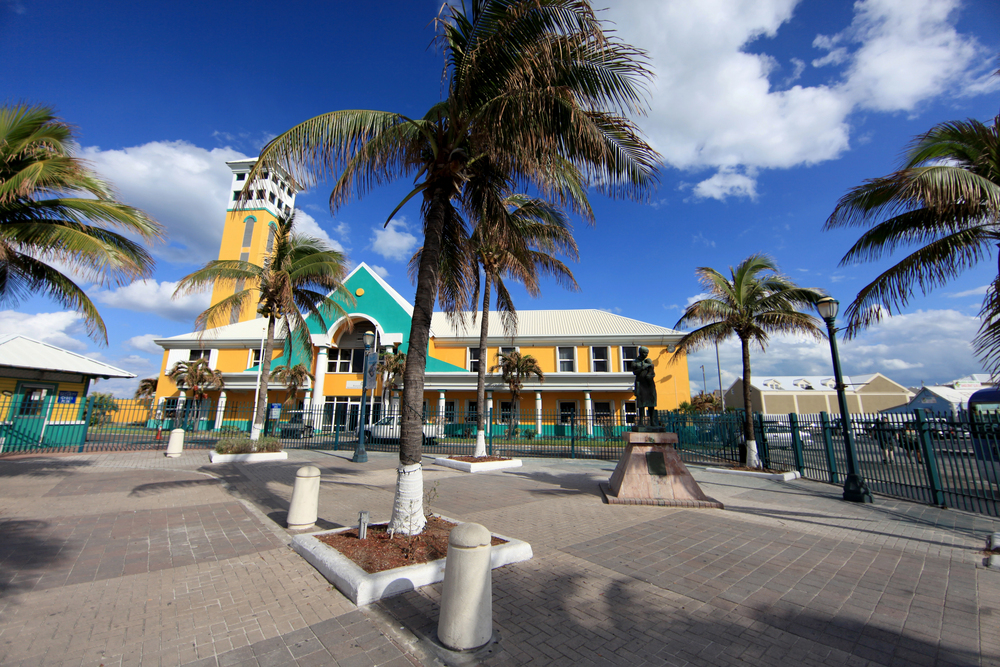
This Caribbean port became the center of the Republic of Pirates in the early 18th
century, hosting infamous pirates like Blackbeard and Charles Vane. The shallow
waters and numerous hidden coves provided perfect natural defenses against larger
military vessels attempting to patrol the area.
The strategic location allowed pirates to easily intercept merchant ships traveling through the busy shipping lanes between Europe and the Americas. The pirate republic lasted until 1718 when the British government restored order to the colony.
Like Travel Pug’s content? Follow us on MSN.
Barataria Bay, Louisiana
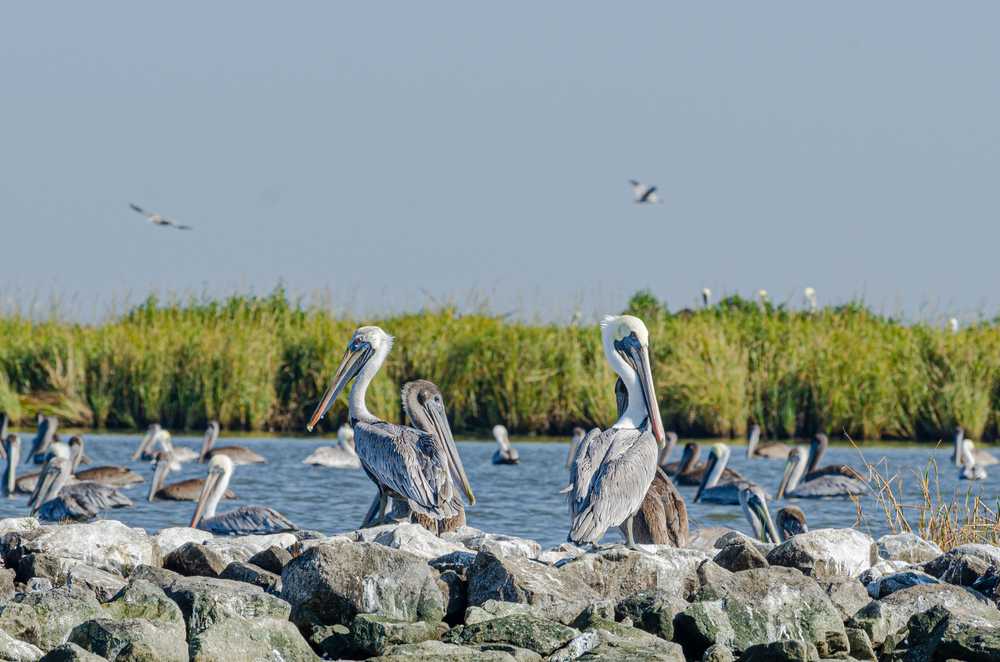
This sheltered bay south of New Orleans became the base of operations for Jean
Lafitte’s smuggling empire in the early 19th century. The maze of waterways through
the bayous provided perfect hiding spots for Lafitte’s fleet while allowing easy access
to the Gulf of Mexico.
The location enabled pirates to quickly transport contraband goods to New Orleans while evading customs officials. Residents often supported the pirates’ activities since they provided cheaper alternatives to heavily taxed legal imports.
Clew Bay, Ireland
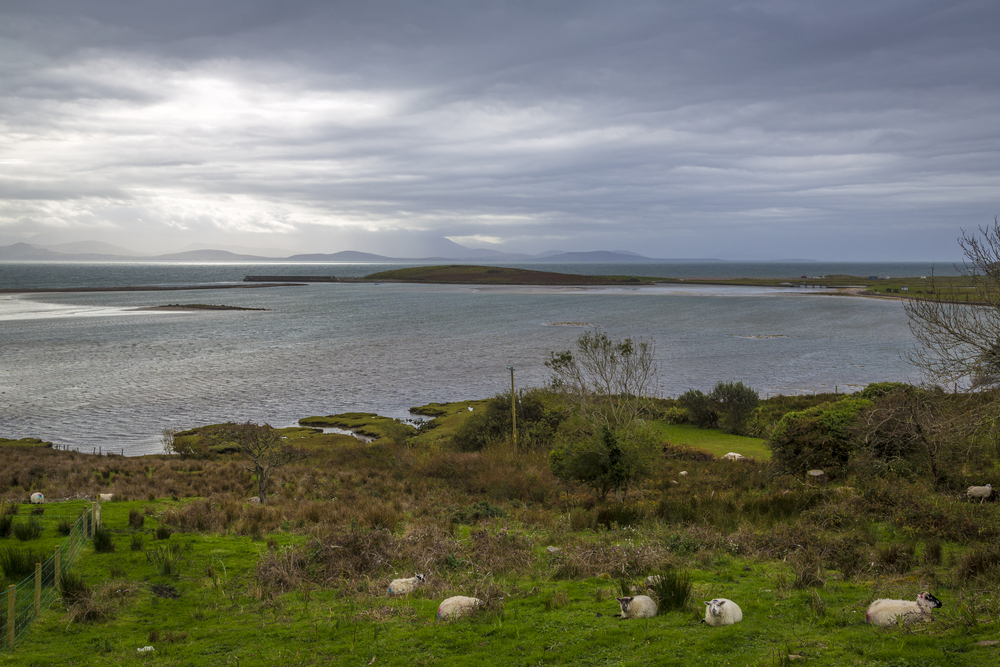
This natural harbor on Ireland’s west coast served as the base for Grace O’Malley’s
maritime operations, which combined legitimate trade with occasional privateering
activities in the 16th century. The bay’s countless islands and hidden inlets
supported defensive positions and trading operations for the O’Malley clan’s
seafaring endeavors.
The remote location allowed them to maintain relative autonomy while engaging in sanctioned and unsanctioned maritime activities. The complex relationship between local clans and English authorities shaped the nature of maritime commerce in the region.
Like Travel Pug’s content? Follow us on MSN.
Dingle, Ireland
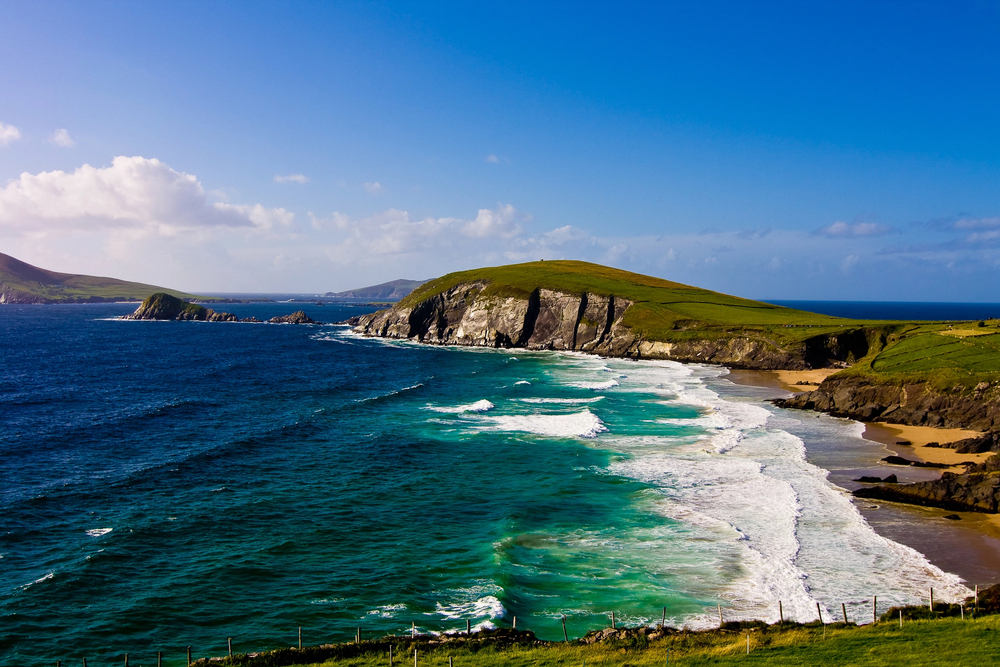
The western coast of Ireland, especially the southwestern part, was a haven for
pirates and smugglers in the 17th and 18th centuries. The rocky coastline had many
secluded coves and caves ideal for concealing contraband goods.
It was also a remote area, making it difficult for the authorities to maintain consistent surveillance of maritime activities. The local communities collaborated with the pirates, offering economic opportunities in the area.
Salé, Morocco
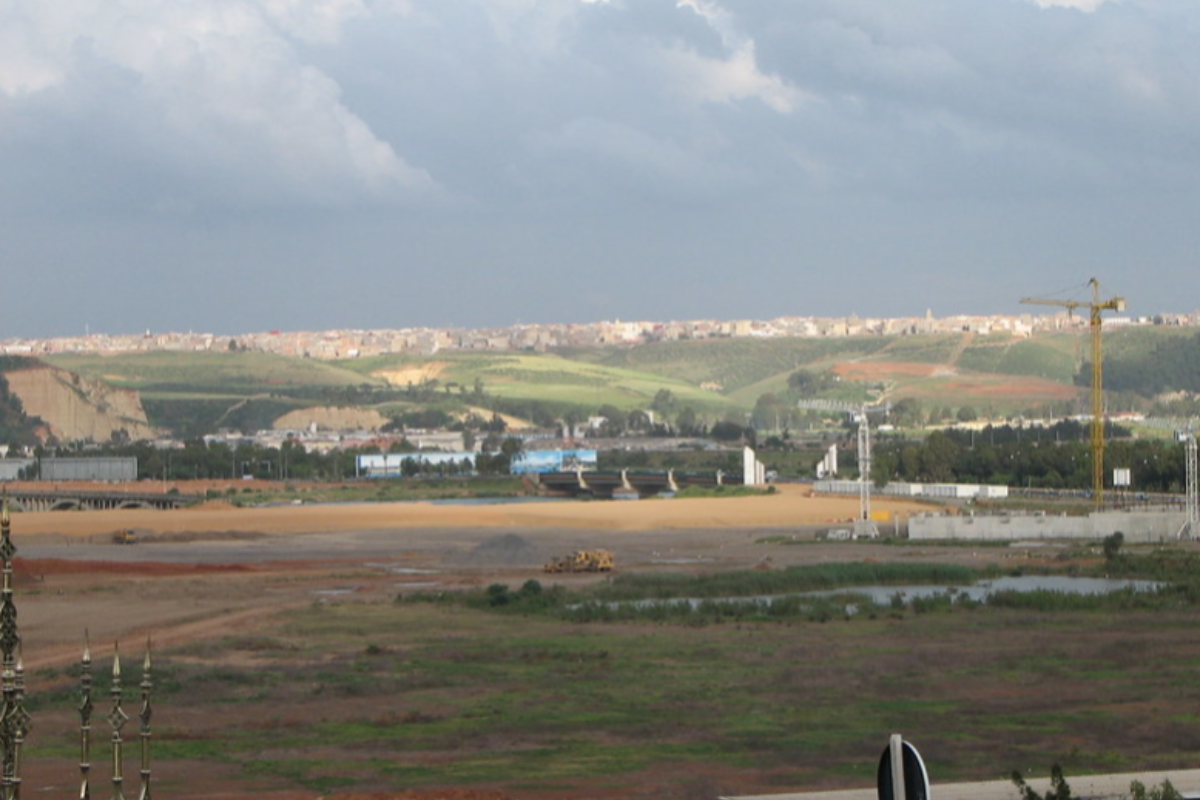
This Atlantic port city became a major base for the Barbary pirates during the 17th
century, launching raids as far as Iceland. The fortified harbor was protected,
allowing quick access to major European shipping routes.
The semi-autonomous republic established by the pirates enabled them to operate with minimal interference from authorities. The diverse population of pirates included European renegades who had converted to Islam.
Cartagena, Colombia
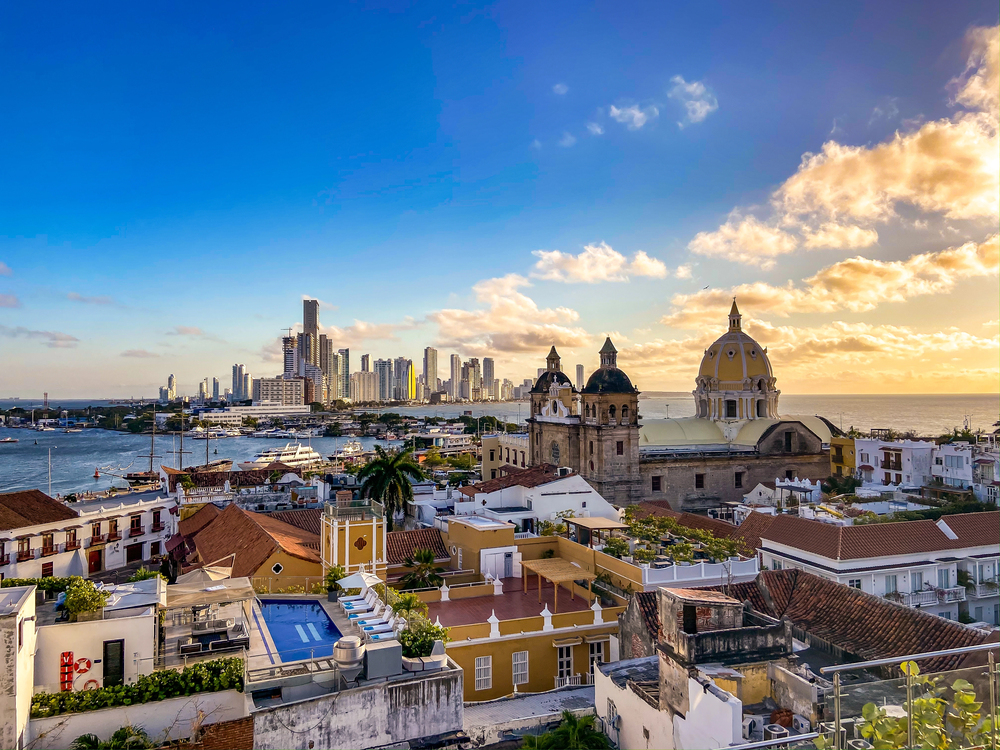
Cartagena was often a port for the collaboration of pirates in the 16th and 17th
centuries despite it not being an official port. The harbor was very well protected and
very well fortified.
Thus, it became a fantastic place for all maritime legal and illegal activities. City merchants traded with the pirates, who offered cheaper goods than the official sources in Spain. The relationship between pirates and the authorities is very complex due to changing political alliances in the region.
Like Travel Pug’s content? Follow us on MSN.
St. Mary’s Island, Madagascar
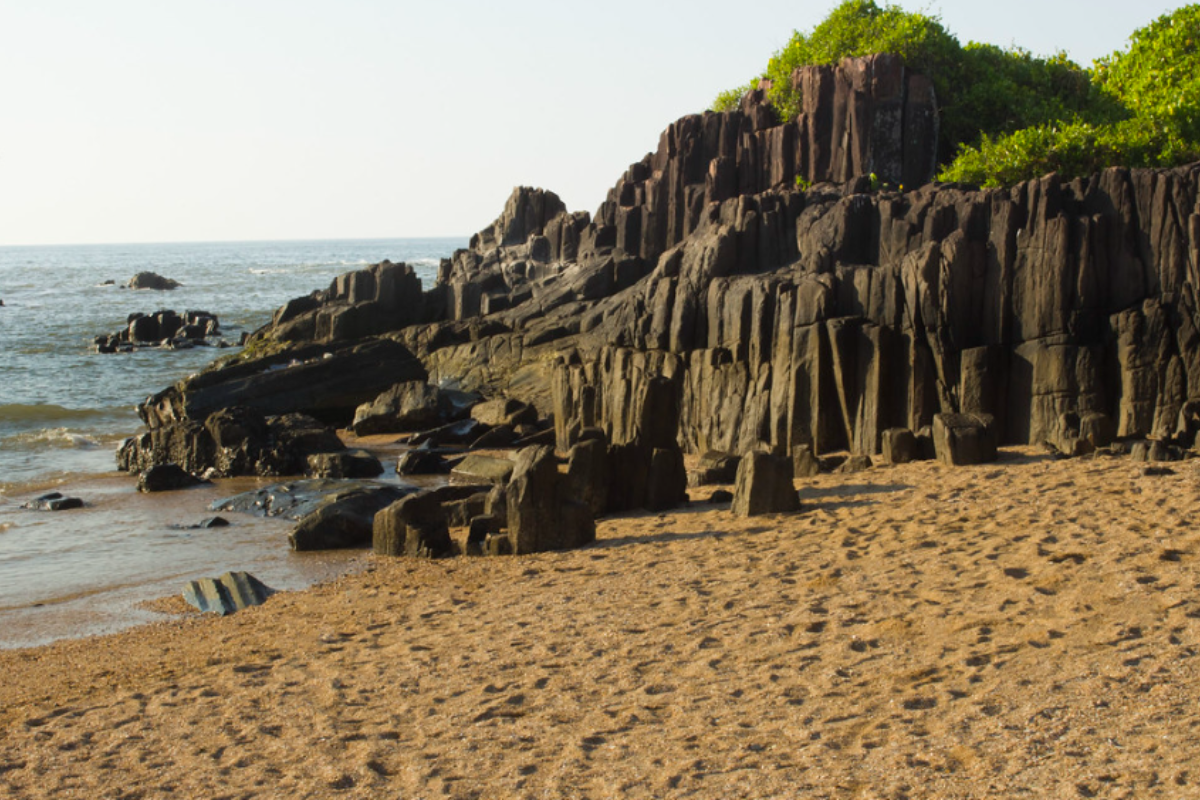
This island off Madagascar’s northeast coast became a major pirate settlement in the
late 17th century. The strategic location provided access to lucrative Indian Ocean
trade routes while offering safe anchorage.
The distance from European authorities allowed pirates to establish their autonomous community. The local population traded with and supported the pirates, who brought significant wealth to the region.
Nosy Boraha, Madagascar

This island haven, also known as Île Sainte-Marie, hosted numerous pirate
settlements during the late 17th and early 18th centuries. Its protected harbor and
abundant fresh water made it an ideal base for operations in the Indian Ocean.
The tropical climate and friendly relations with locals made living comfortable for retired pirates. The island’s pirate cemetery remains a testament to this fascinating historical period.
Canso, Nova Scotia
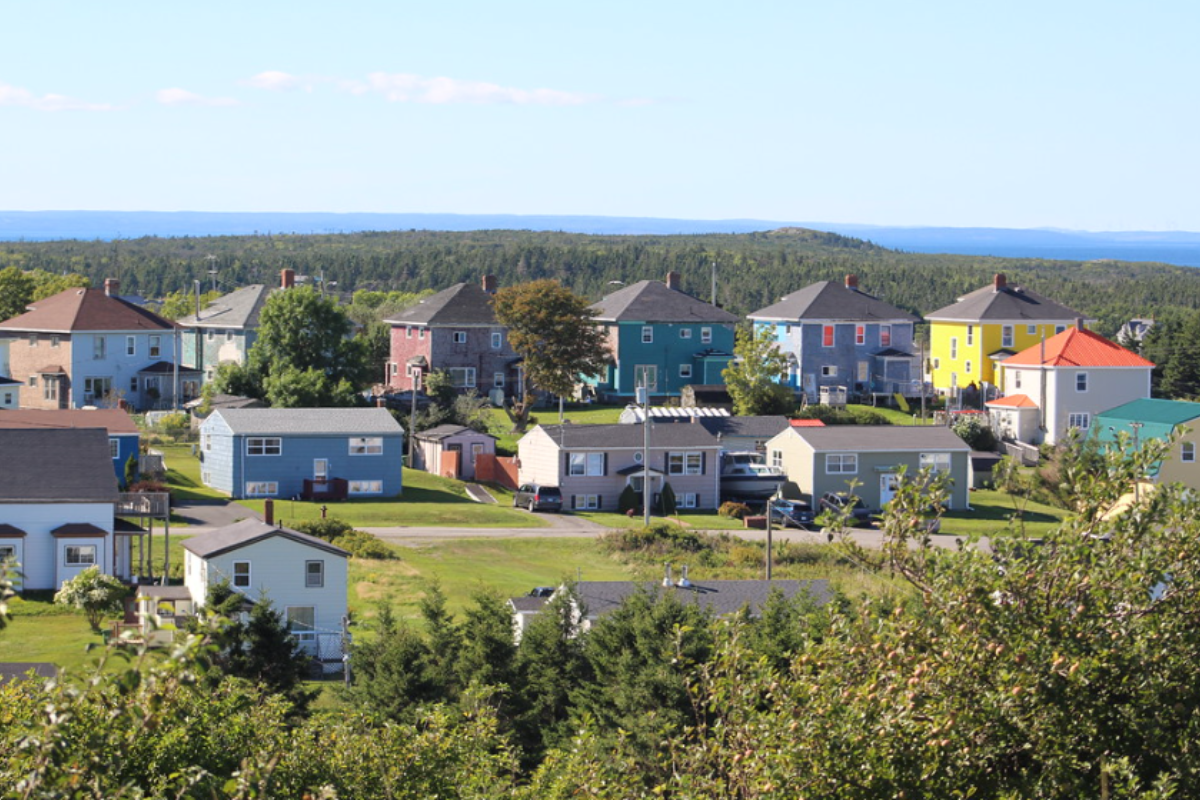
This strategic harbor on Canada’s eastern coast developed into a maritime hub
where legitimate fishing activities occasionally intersected with privateering and
informal commerce. The protected anchorage and abundant fishing grounds
attracted seafarers, from licensed fishing fleets to more questionable operators
seeking opportunities.
The remote location and complex colonial jurisdiction created conditions where the lines between legitimate trade and illicit activities often blurred. The settlement’s position near major fishing banks made it a significant point of maritime contact throughout the colonial period.
Like Travel Pug’s content? Follow us on MSN.
Palermo, Sicily
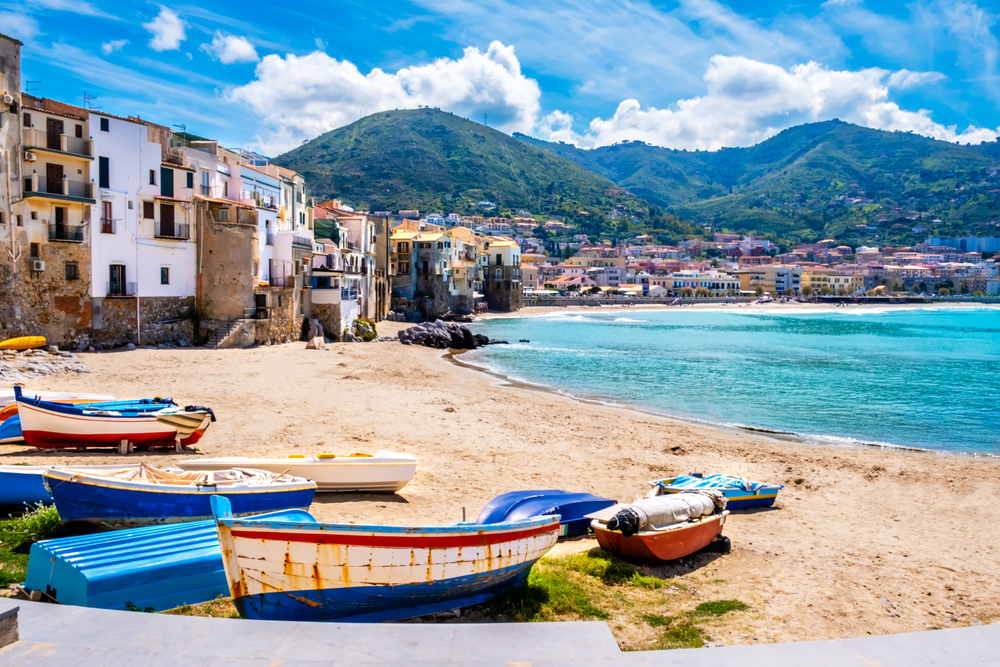
This major Mediterranean port frequently hosted pirates operating under various
flags of convenience. The extensive harbor facilities supported both legal and illegal
maritime activities.
The city’s complex political situation allowed pirates to find protection from different authorities. The strategic location enabled quick access to major Mediterranean shipping lanes.
Ulcinj, Montenegro
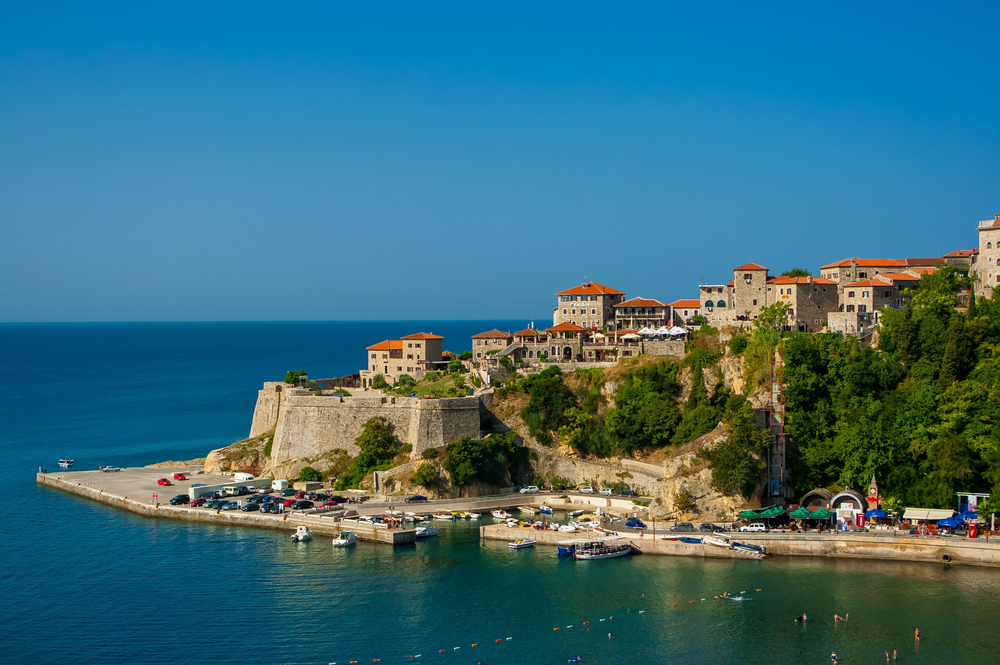
This Adriatic port maintained a powerful pirate fleet that dominated the region during
the 16th and 17th centuries. The well-protected harbor and strong fortifications made
it an ideal base for maritime operations.
The city’s strategic position allowed pirates to control trade routes between Venice and the Ottoman Empire. The diverse population included pirates from various ethnic and religious backgrounds.
Peniche, Portugal
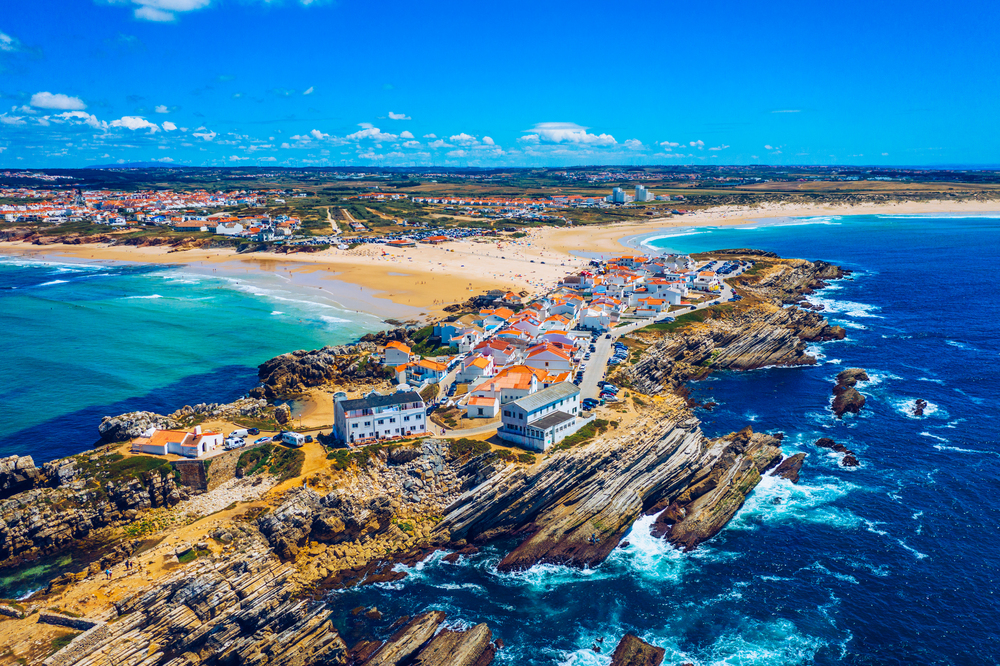
This fortified peninsula on Portugal’s central coast was a strategic base for pirates
and privateers throughout the Age of Sail. The rocky promontory’s natural defenses
and multiple harbors made it ideal for monitoring and passing merchant vessels
along the Atlantic trade routes.
The local fishing community often collaborated with pirates who brought valuable goods and economic opportunities to the region. The extensive system of coastal fortifications still stands as a testament to the area’s maritime significance.
Like Travel Pug’s content? Follow us on MSN.
New Providence, Grand Bahama
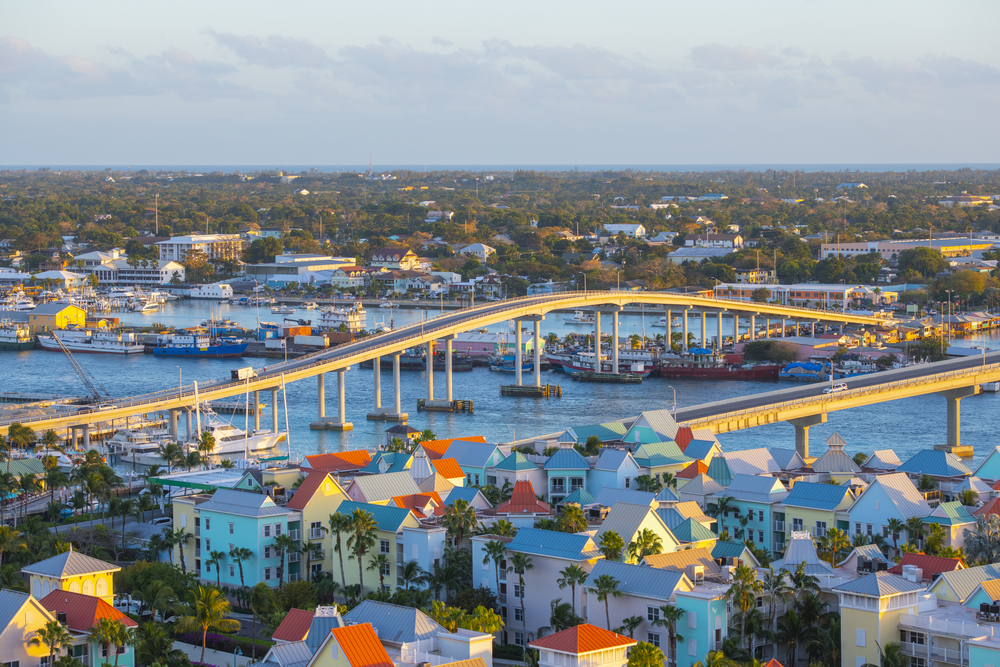
This sheltered harbor in the northern Bahamas emerged as a significant pirate
stronghold during the golden age of piracy in the early 18th century. The intricate
network of shallow reefs and channels provided natural protection against pursuing
naval vessels while offering quick escape routes to the open sea.
The settlement’s strategic position along major shipping routes made it ideal for intercepting merchant vessels traveling between Europe and the Americas. The local population thrived on the pirate economy until British authorities established control in 1718.
New Bedford, Massachusetts
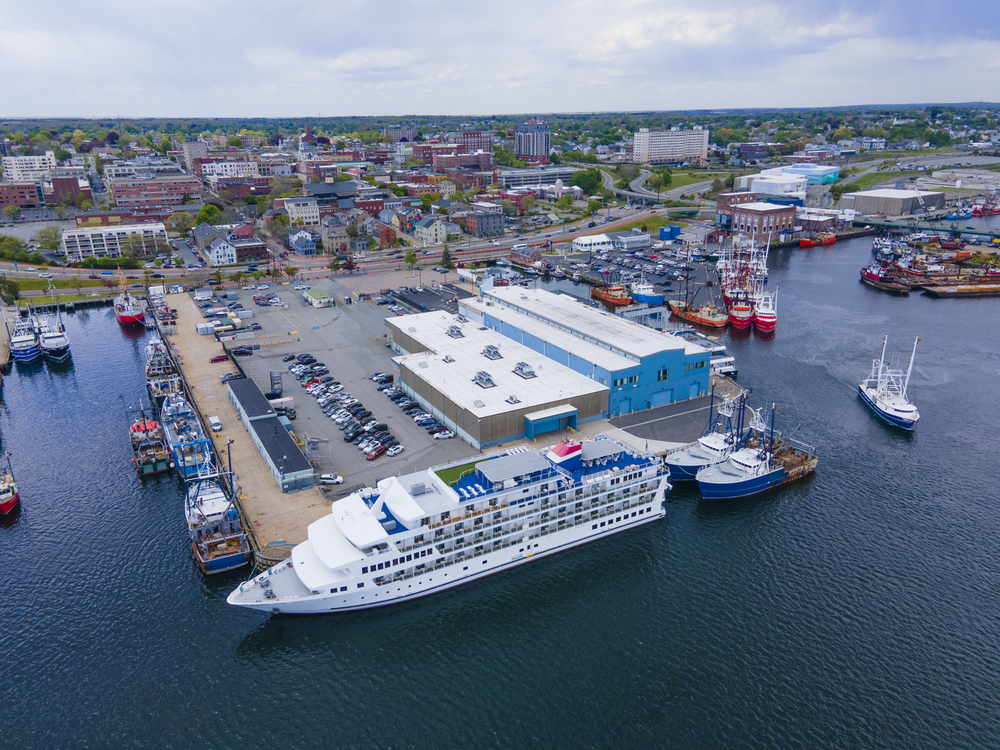
This bustling seaport on the eastern seaboard of the United States was an essential
base for privateers during the American Revolution and the War of 1812. The natural
harbor was deep, and solid maritime infrastructure supported both legitimate whaling
activities and sanctioned raiding against British shipping.
The local shipbuilding industry and experienced seafaring population provided essential support for outfitting private vessels. Through this complex web of merchants and sailors, the port remained strategically important throughout the early American maritime period.
The Legacy of Maritime History Endures
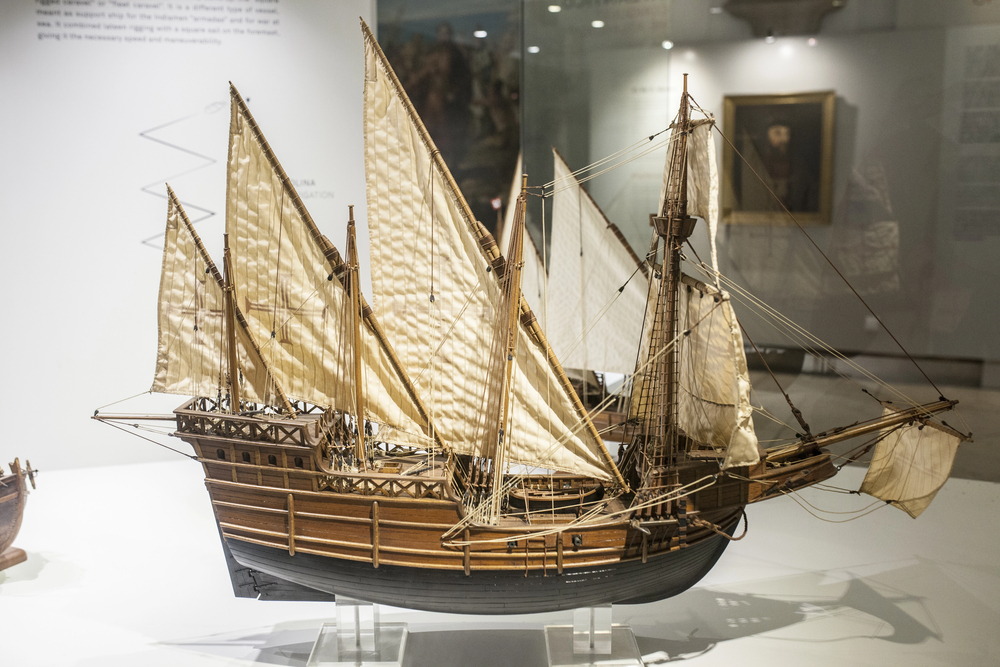
The stories about these pirate havens shape the cultural identities of these coastal
communities. These developments, settled along seashores, played an important
role in developing maritime trade and international relationships, very often blurring
the demarcation between what is legal and what is illegal.
Stories of such places give insight into the complex social and economic dynamic of
those times, serving to remind one that history is often not divided into well-
packaged categories of right and wrong.
Like Travel Pug’s content? Follow us on MSN.
More from Travel Pug

- 15 Dangerous European Cities to Avoid
- 15 Caribbean Islands Where Tourists Keep Getting Scammed
- The 20 Most Fascinating Abandoned Places: A Journey Through Time and Forgotten Spaces
- 15 Hidden Places in the Smithsonian Museums Locals Love: A Guide to Lesser-Known Treasures
- 16 Hidden Florida Beach Towns That Aren’t Overrun with Tourists
Like Travel Pug’s content? Follow us on MSN.
